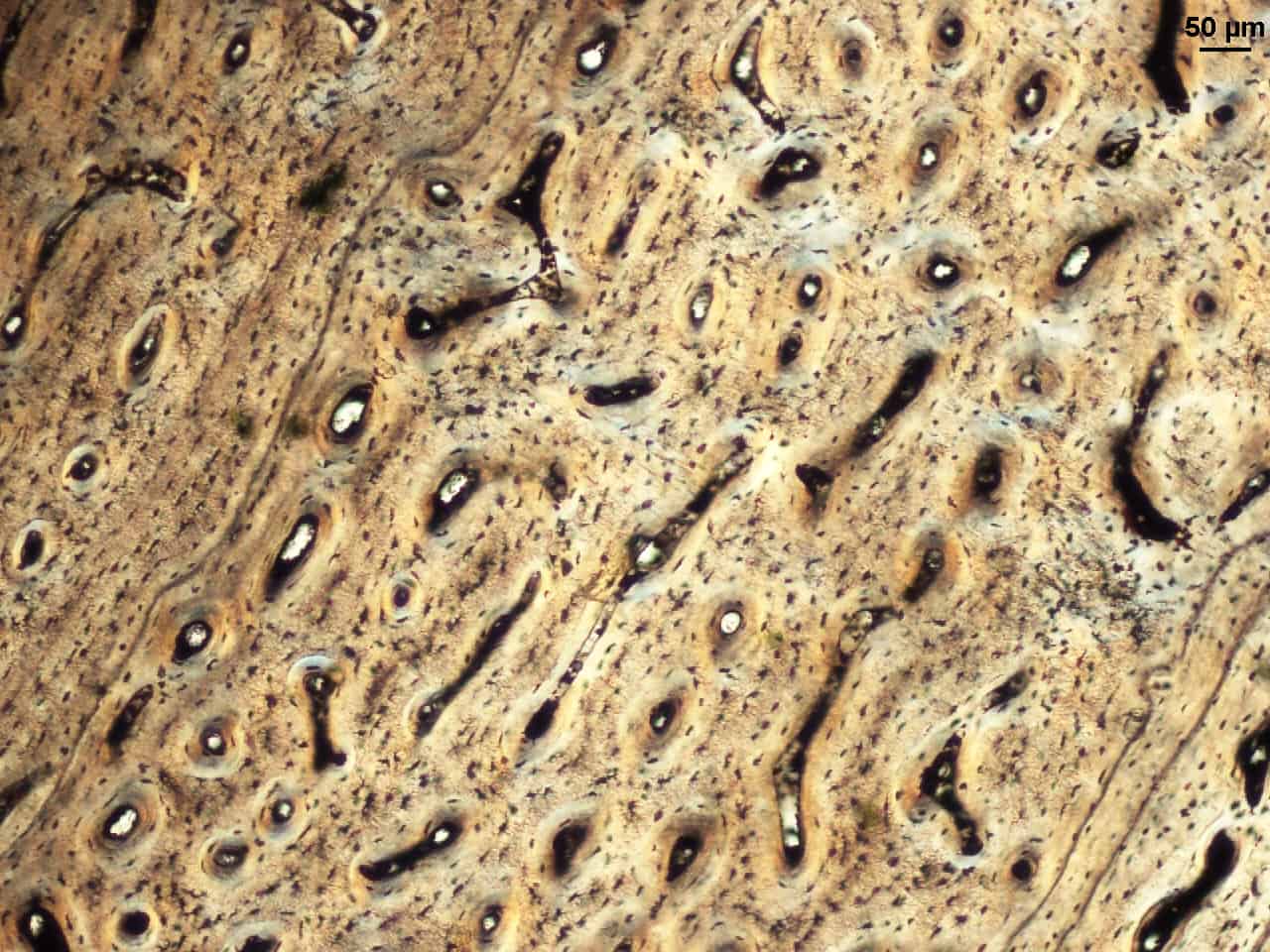Research is for sharing: Stories from a Palaeobiologist
In this post lead educator Professor Anusuya Chinsamy-Turan, on our exciting new course Extinctions: Past and Present, talks about what led her into the field of palaeobiology and why getting more people involved in science is so crucial.
In this post lead educator Professor Anusuya Chinsamy-Turan, on our exciting new course Extinctions: Past and Present, talks about what led her into the field of palaeobiology and why getting more people involved in science is so crucial.
I became a scientist quite unintentionally. Growing up as a black (Indian) woman in segregated South Africa, without a TV in our home, and in the pre-internet days (yes, some of us remember those days!), I knew very little about the scope of careers that were available for a young person who enjoyed science at school. Coming from a typical middle-class community, teachers, doctors, and nurses were the people I looked up to. So it’s not much of a surprise that my love of the natural sciences meant I aspired to be a high school science teacher.
But when I started university my eyes and mind were opened to the wider world of science, and I realised that I too could actively contribute to this knowledge. In my 3rd year I discovered fossils, and I immediately felt the field of palaeontology beckoning me. So began my love for understanding earth’s history and biodiversity, and my fascination for understanding the origins of our modern biodiversity.
Exciting discoveries
My research involves unravelling the biological signals recorded in the microscopic structure of bones. As an undergraduate student, I recall being completely fascinated when I first saw a thin sliver of a dinosaur bone under a microscope, and realised that its structure was directly comparable to what we see in the bones of modern animals i.e., that even though fossil bone could be millions of years old, the integrity of the bone microstructure was preserved. By studying modern animals we know that there are many aspects of the biology of an animal that are “recorded” in its bone microstructure. For example, we can deduce how an animal grew, whether it was affected by seasonality, or disease, and we can also work out the rate at which the bone formed. This information is directly deducible from the bones of extinct vertebrates (i.e. all animals with an internal bony skeleton), and therefore allows us to deduce various aspects of the biology of extinct animals.

Recently, I had the wonderful opportunity to work with colleagues from the USA and China on a fossil bird from China called Confuciusornis. Usually fossil birds are quite rare in the fossil record, but this creature is known by hundreds of individuals.In fact, at the locality two different types (morphs) were recognised, one with long tail feathers and the other without. When I began working on these birds, there was much debate about whether these morphs represented sexual dimorphism i.e. males and females look different from one another, or whether they were two different species. My colleagues and I were interested in understanding its growth dynamics, and we began by examining many different sized bones of Confuciusornis. While studying the microstructure of these bones, I fortuitously came across a bone that had medullary bone: this is a bone tissue that is formed in the medullary cavity of the bones of ovulating female birds, and is used to make the calcium-rich eggshell of the egg. Thus we were able to identify the sex of the bird, and then by extrapolation work out that Confuciusornis was a sexually dimorphic species with males being the ones with the long ornamental tail plumes.
Research is for sharing
My research is immensely satisfying, but sharing it even more so. Throughout my career I have gained a lot of personal satisfaction from sharing research with a wider public. I think it was because of my late entrance into the world of science that I feel quite strongly about making young people aware of careers in science, and how science works. All through my career, in addition to the required work that is essential for progressing in an academic career, and despite the lack of clear professional rewards for communicating with the public, I have always felt a deep commitment to spreading the joy of science.
So far I have done numerous public talks, written articles and have done plenty of media interviews. I’ve also published two books for a non-academic audience (Famous Dinosaurs of Africa and Fossils for Africa). When I was busy with Fossils for Africa, I thought about doing a website in which I could share other information, like interviews with scientists in the field, in a more engaging way, but in the end that idea fell by the wayside. Soon after my book was published, my interest was rekindled by the new wave of online learning.
That’s why I’m so excited to finally help learners the world over discover paleontology with the Extinction course, especially since the consequences of the 6th extinction will have far reaching effects worldwide.
There are many books about extinctions, but majority of these deal either with the past ones, or with the current 6th extinction. On the course we will intimately dissect all the previous 5 mass extinctions events, and we will see how each event shuffled the existing biota, and how they have ultimately shaped the current biodiversity of our planet. I should mention too that the course is not just me delivering lectures. I have sought to make it as engaging and exciting as possible – you will meet some extraordinary scientists involved in “extinction” research.
Discover more on the fascinating course from the University of Cape Town. Join Extinctions: Past and Present now.




